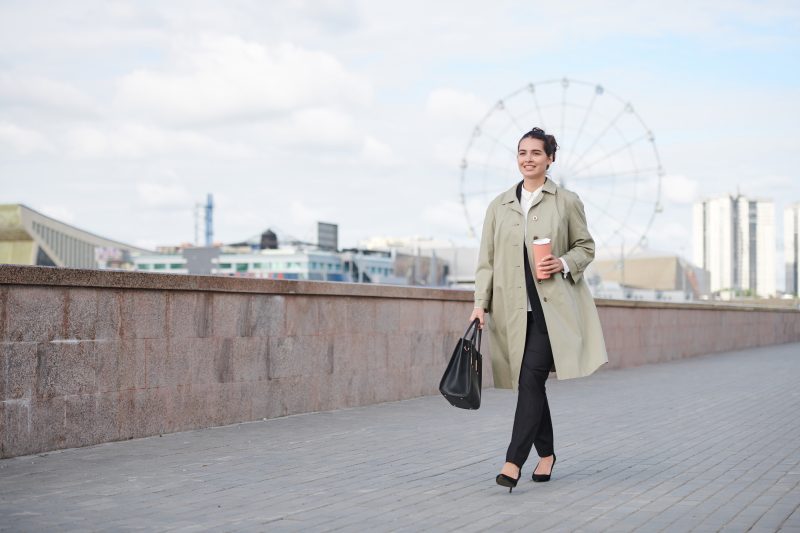When I was thirteen, my grandmother gave me a dog-eared copy of a 1960s etiquette book she’d found at a church sale. Among advice about thank-you notes and proper introductions was an entire chapter on “fashion don’ts” for ladies. No white after Labor Day. No mixing patterns. No visible bra straps (the horror!). No navy and black together. Hemlines exactly one inch below the knee—no exceptions. I read it cover to cover, fascinated by these arbitrary commandments handed down like they’d been etched in stone alongside the Ten Commandments.

Fast forward to last week, when I found myself at a dinner seated next to Mei Lin, the impossibly cool creative director of an independent Brooklyn jewelry brand. She was wearing white jeans (in March!), navy and black color-blocked sweater, had visible bra straps (intentionally so), mixed three different patterns, and looked absolutely fantastic. If my grandmother’s etiquette book author could have seen her, she would have needed smelling salts and possibly an exorcist.
That’s when it hit me—the most stylish people I know are systematically breaking every single “rule” I’ve ever been taught about fashion. And they’re not breaking them accidentally or rebelliously. They’re breaking them deliberately, strategically, and with confident intention that makes the rule-breaking look like the actual rule. It’s this intentional disregard that, ironically, marks them as people who really understand fashion on a deeper level.
I spent the past month casually interviewing stylists, fashion editors, designers, and just genuinely cool people about which outdated fashion rules they’re deliberately ignoring in 2024. What emerged was less a list of specific don’ts-turned-dos and more a philosophy of dressing that prioritizes personal style development over arbitrary limitations. It made me wonder how many other areas of my life are constrained by rules I never questioned but simply absorbed through some collective fashion osmosis.
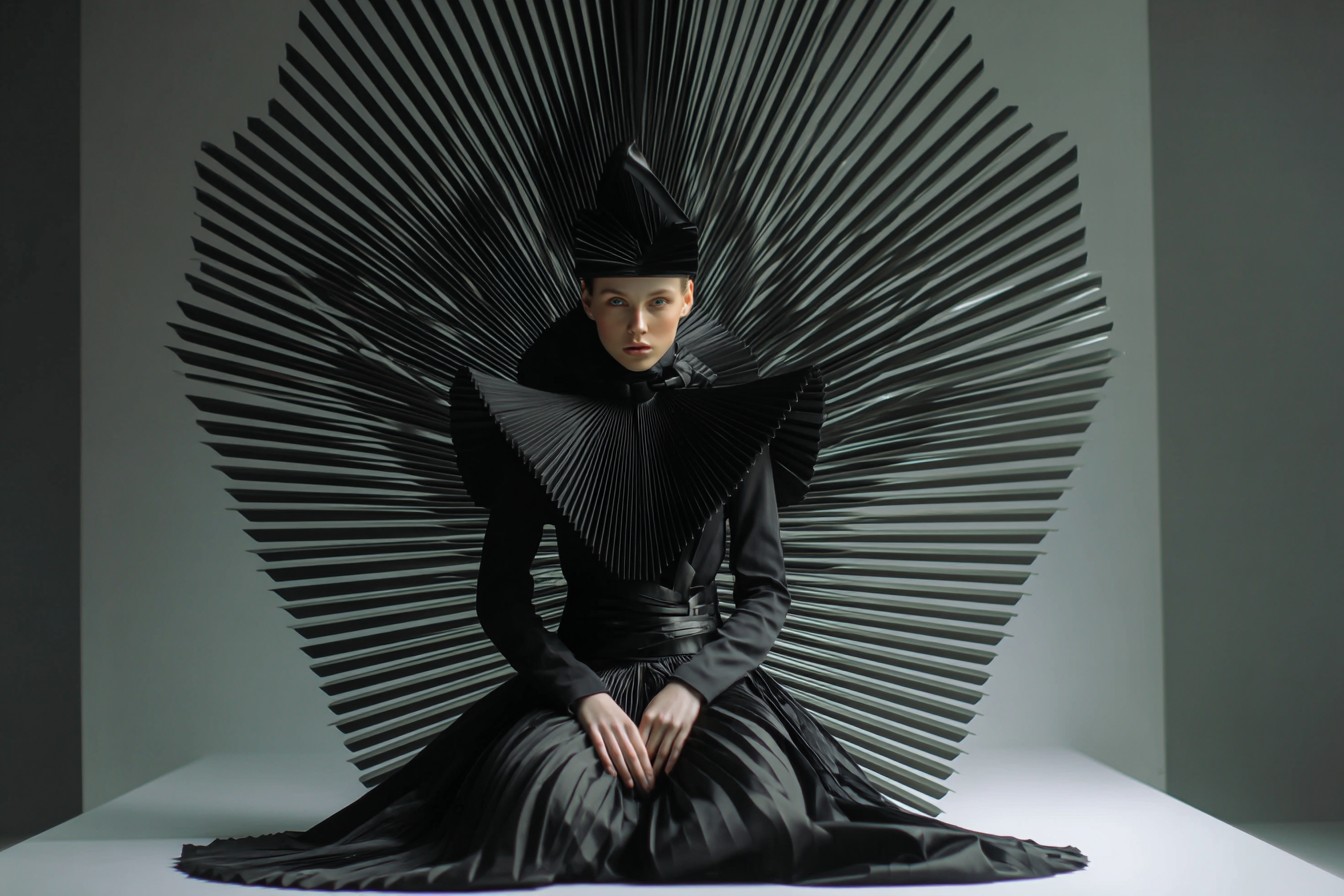
The most frequently mentioned “rule” being gloriously shattered? Seasonal color restrictions. Not just the white after Labor Day nonsense, but the whole concept that certain colors belong to certain times of year. Zoe, a stylist who’s worked with several major fashion magazines, rolled her eyes so hard I feared for her optical health when I brought this up.
“That entire concept comes from old money signaling and outdated retail cycles,” she explained over coffee. “It was about showing you could afford to have separate wardrobes for different seasons. But now? I’m wearing my bright summer colors in January specifically because they boost my mood during the dreary months. The idea that I should limit myself to burgundy and forest green for a third of the year is ridiculous.”
She had a point. I looked down at my own outfit—all muted neutrals—and realized I’d unconsciously been dressing “appropriately for winter” even though nothing about those colors made practical sense for my lifestyle or preferences. I just did it because… well, because January means gray, right? Says who?
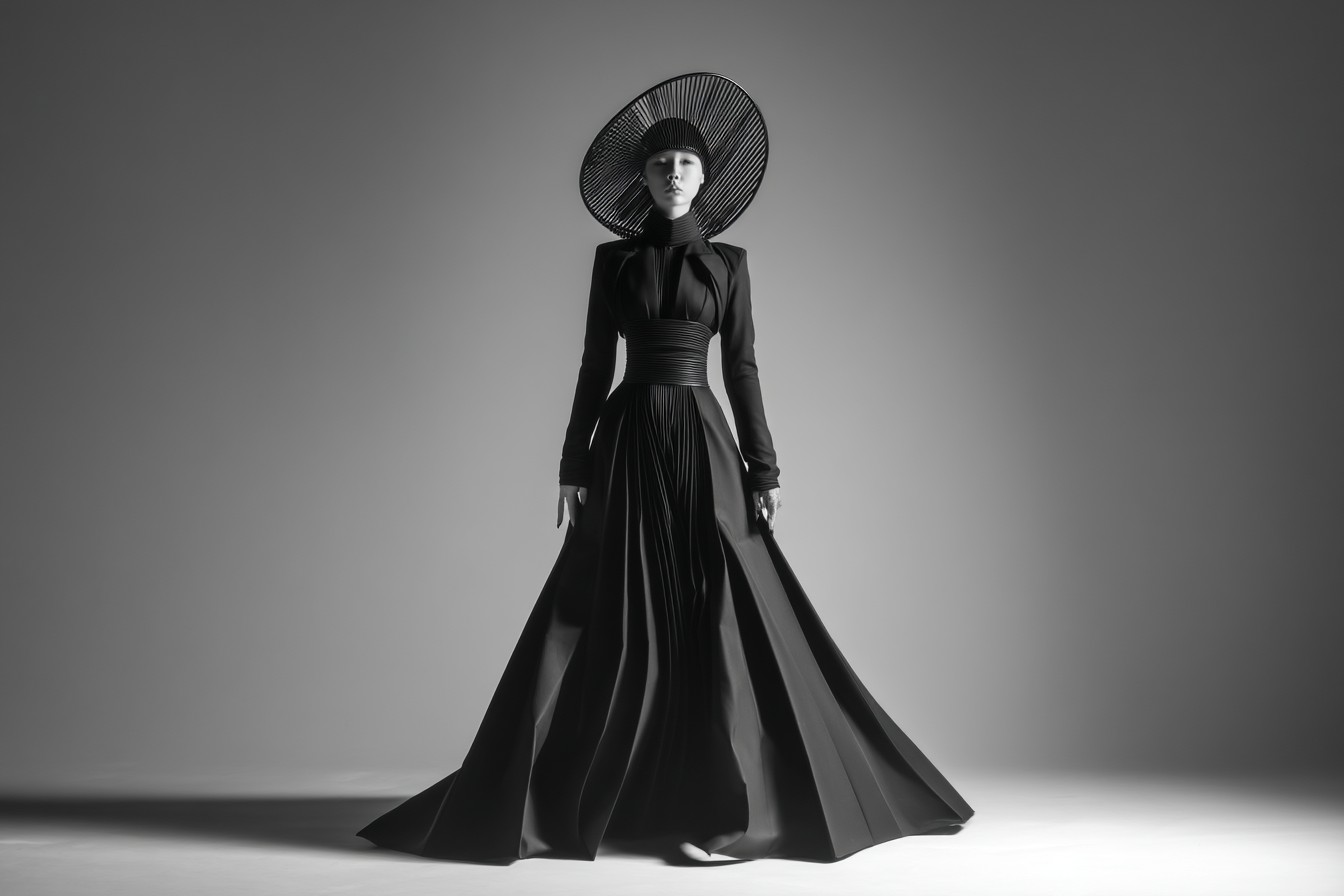
Elena, a buyer for a high-end department store, has been deliberately mixing navy and black for years—another combination once considered fashion suicide. “It’s actually one of the most sophisticated pairings when done intentionally,” she told me, dressed in a navy silk blazer over a black jumpsuit that looked expensive enough to require insurance. “The subtlety in the contrast shows confidence. Anyone can match exact shades, but it takes skill to work with nuanced color relationships.”
The old rule about not mixing patterns? Completely obliterated in 2024. But there’s actually technique to the madness, as explained by Tyler, a menswear designer whose pattern-mixing skills make him look like he stepped out of an Alessandro Michele fever dream, but somehow wearable.
“The secret isn’t avoiding pattern-mixing—it’s understanding scale relationships,” he explained, while wearing at least four different patterns that somehow looked harmonious together. “If you mix patterns of the same scale, they compete. Different scales create hierarchy. A wide stripe with a tiny floral works because your eye knows which is the star and which is supporting cast.”

I wrote that down verbatim in my notes because it was one of those explanations that suddenly made the chaotic pattern-mixing I’ve seen on runways and cool streets make sense. It wasn’t random at all—it was composed, like music with different instruments playing different parts.
Age-appropriate dressing might be the “rule” facing the most glorious rebellion in 2024. Suzanne, a 67-year-old former magazine editor turned fashion influencer (a term she hates but has reluctantly accepted), showed up to our meeting in cargo pants, platform Converse, and a vintage band t-shirt layered under a structured blazer. She looked cooler than people a third her age.
The concept of dressing ‘age-appropriately’ is fundamentally about making women invisible as they age,” she told me bluntly. “I refuse. I wore mini skirts in the ’60s, and if I want to wear them now with my silver hair, that’s my business. The only thing that’s ‘inappropriate’ is letting other people dictate what you can wear based on your birth certificate.”
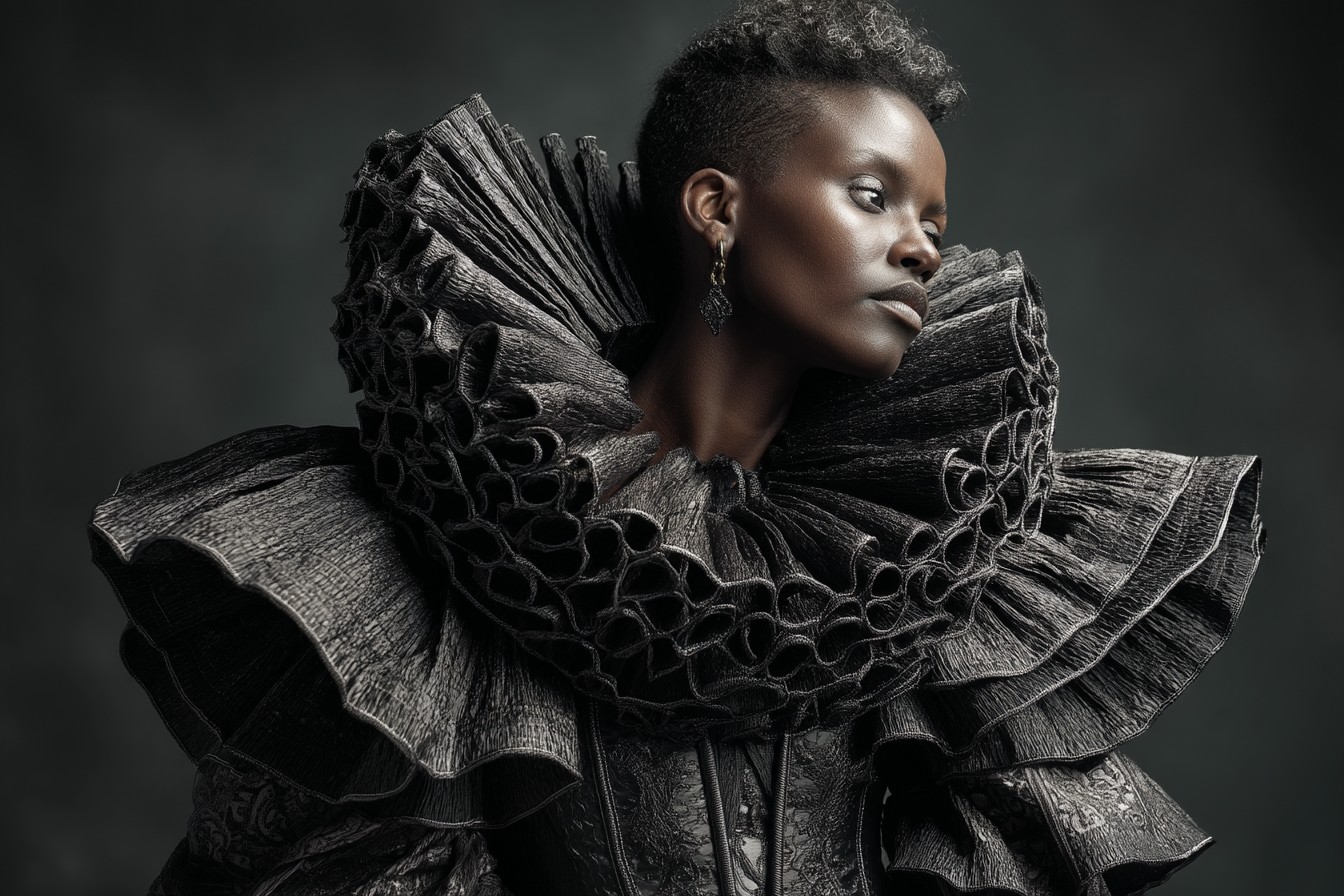
Her Instagram is filled with outfits that joyfully ignore everything ever written about “dressing for your age,” and her comments section is full of women thanking her for the permission to do the same. Permission we shouldn’t need, but often do after decades of conditioning.
The “no visible lingerie” rule has been dying a slow death for years, but 2024 seems to be its final gasp. Visible bra straps aren’t just accepted—they’re highlighted, with designer straps meant to be seen. Slips aren’t just underwear anymore but fashion pieces in their own right. What was once considered a wardrobe malfunction is now an intentional styling choice.
“The whole concept comes from this antiquated idea that women’s bodies need to be contained and controlled,” explained Ashlyn, a lingerie designer whose pieces blur the line between underwear and ready-to-wear. “Showing the architecture of an outfit—the straps, the layers, the construction—is actually a very considered aesthetic choice. It’s about transparency in the process, not some scandalous reveal.”
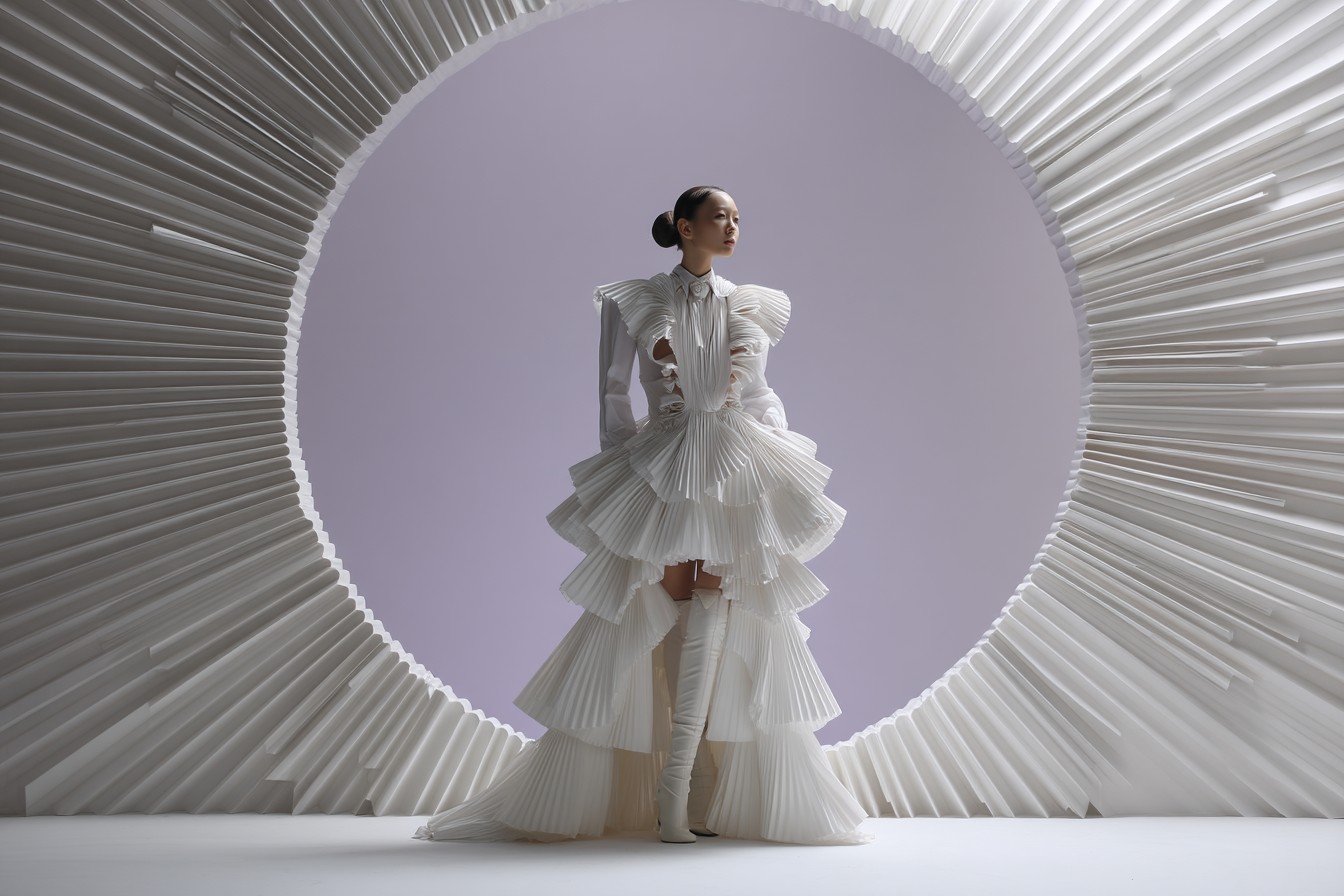
The rise of maximalism has effectively killed the “take one accessory off before you leave the house” rule that Coco Chanel supposedly established and generations of fashion editors reinforced. The coolest women I know are piling it on—multiple rings per finger, layered necklaces, earrings plus ear cuffs, sunglasses and hats together, watches with bracelets. It’s joyful and expressive rather than restrained and edited.
“That minimalist, take-one-thing-off approach served its purpose during certain eras,” said Marcus, an accessories designer whose personal jewelry collection would make Mr. T look understated. “But we’re in a period of self-expression and identity exploration through fashion. Sometimes that means excess. What’s more important than the quantity is the curation—even maximalism has intention behind it.”
The most surprising rule being broken might be the longstanding prohibition against “overdressing” for casual events. For decades, showing up too dressed up was considered almost as bad as being underdressed. But in 2024, cool girls are deliberately dressing up for everyday occasions, creating contrast between their outfits and their environments.
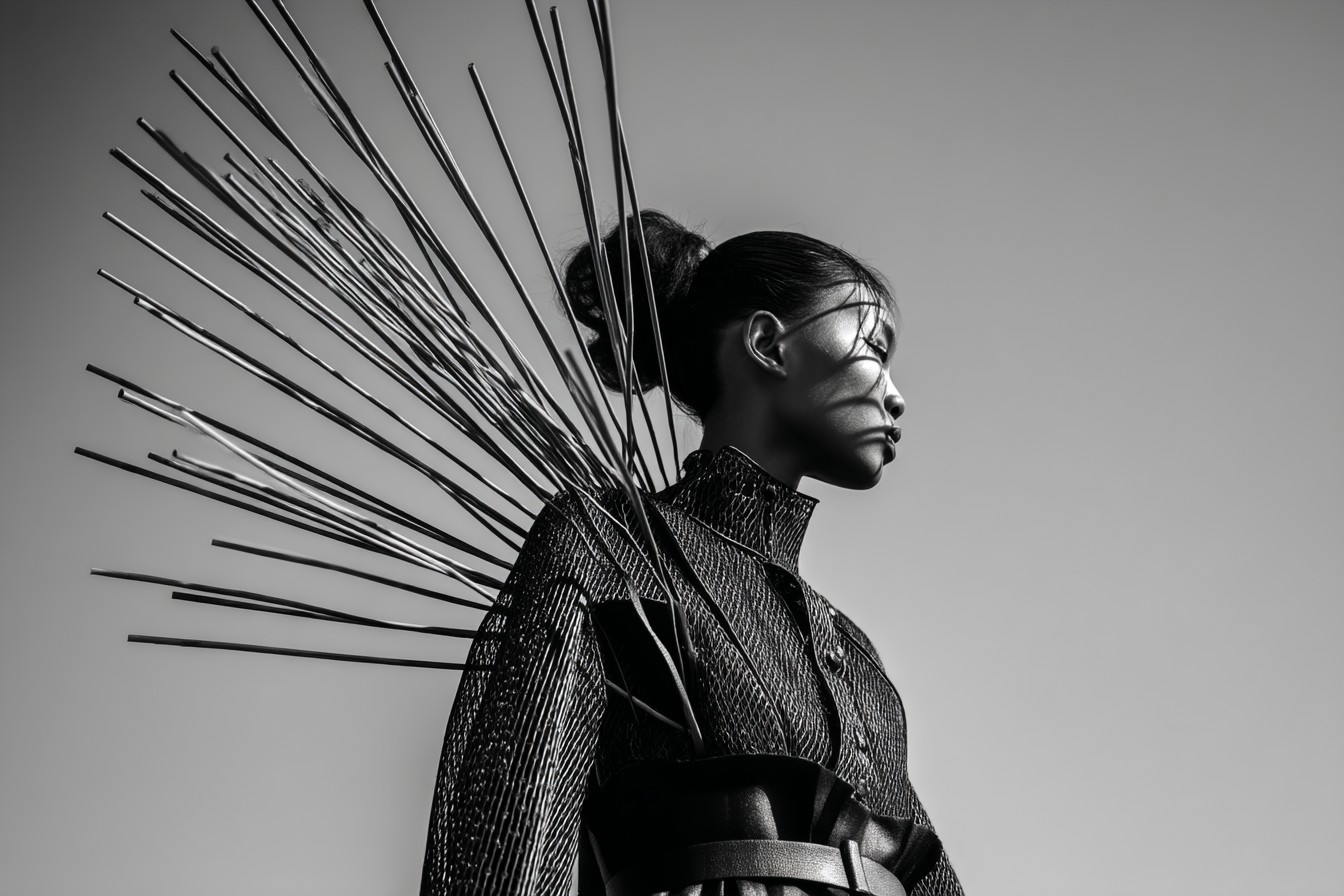
“I wear evening gowns to dive bars,” admitted Taylor, a music industry creative whose wardrobe defies all categorization. “Sequins to breakfast. Feathers to the movies. There’s something powerful about being dramatically overdressed—you’re communicating that every moment deserves celebration, that you don’t need special permission to wear your most expressive pieces.”
This resonated with me deeply. I have a blue silk cocktail dress I’ve worn exactly once in three years, waiting for an “appropriate” occasion. Why am I saving it? Because some internalized rule says such items must be rationed for special events? Meanwhile, Taylor’s “special” pieces get regular rotation, creating memorable moments out of ordinary days.
The “no white shoes before Memorial Day or after Labor Day” rule isn’t just being broken—it’s being actively mocked. Several fashion insiders specifically mentioned wearing their whitest shoes in the depths of winter as a deliberate subversion.
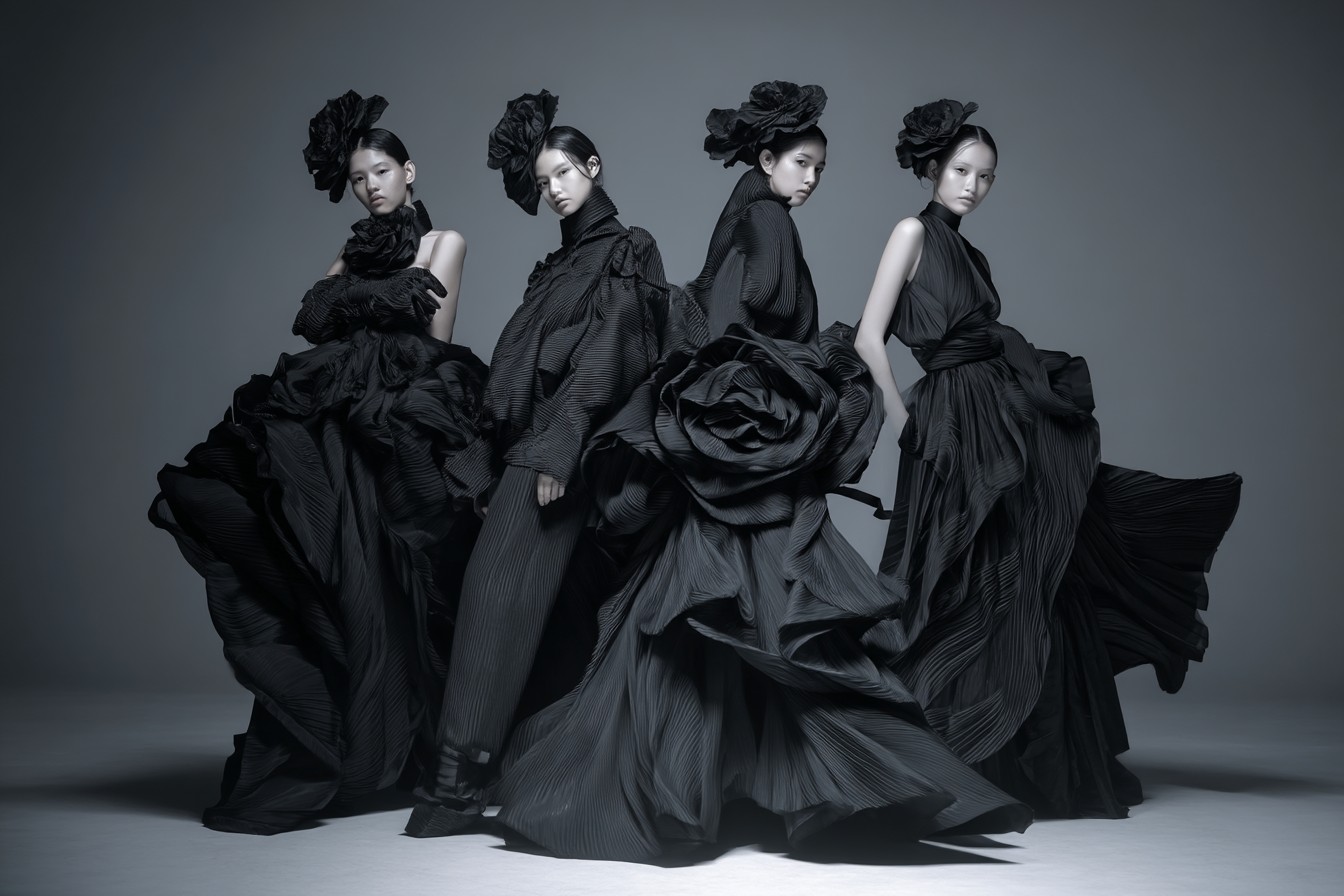
“Those seasonal shoe rules came from practicality in an era before paved roads and modern cleaning techniques,” explained Amara, a footwear designer whose white boots have become her signature year-round. “They’ve outlived their usefulness. In fact, winter is when I need the visual lift of bright white the most. Why would I deny myself that based on some arbitrary calendar date?”
The prohibition against horizontally striped clothing for anyone who isn’t model-thin? Completely disregarded by the most fashion-forward people I spoke with. “The idea that certain patterns or shapes are only for certain body types needs to die in a fire,” said Leo, a plus-size model and style consultant. “Wear the horizontal stripes. Wear the crop tops. Wear the bright colors. Wear the thing they told you would ‘make you look fat’ because guess what? Looking fat isn’t actually a fashion emergency. Living a joyless, restricted life because of body shame is the real tragedy.”
Perhaps the most interesting evolution is happening around the “don’t wear the same outfit twice” rule for public figures and social media personalities. Sustainability concerns have made outfit repeating not just acceptable but actively virtuous. The coolest fashion influencers are proudly showing how they rewear and restyle the same pieces, focusing on versatility rather than novelty.
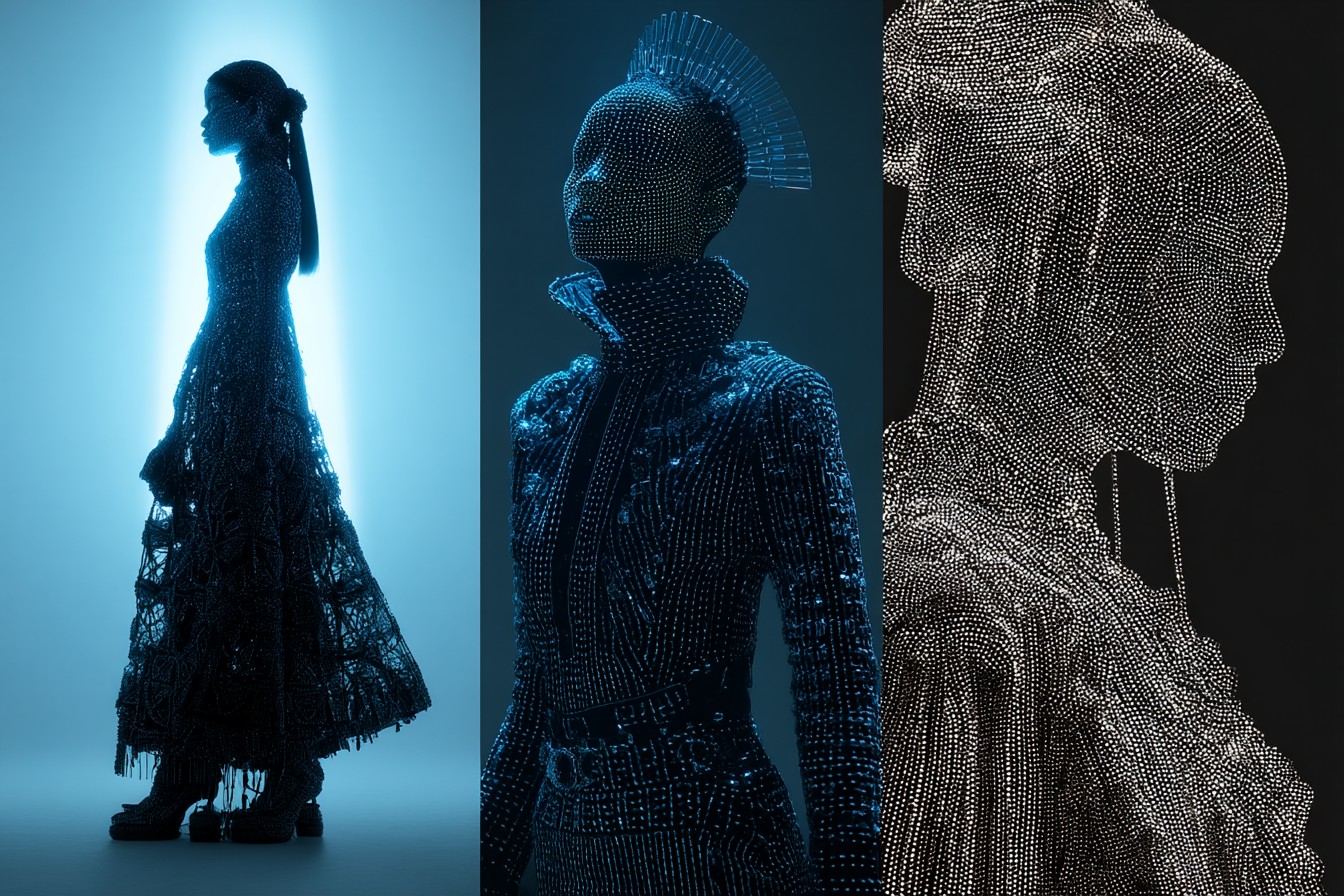
“Fast fashion trained us to see rewearing as embarrassing,” noted Harmony, a slow fashion advocate whose Instagram documents her 50-piece capsule wardrobe. “But actually, wearing something once and discarding it is what should be embarrassing. The most stylish people I know have signature pieces they wear constantly, styled in different ways. That shows both confidence and creativity—not to mention basic environmental responsibility.”
Even the sacred “don’t wear leggings as pants” rule seems to have finally been put to rest. “That was always about policing women’s bodies anyway,” pointed out Rachel, a activewear designer. “The real rule should be ‘wear leggings that are fully opaque and fit you properly,’ not whether they qualify as ‘real pants.’ If men can wear skinny jeans that show every contour, why can’t women wear well-made leggings?”
What’s emerging instead of these rigid dressing dictates is a more thoughtful, intentional approach to personal style development. The true fashion rule-breakers aren’t randomly ignoring conventions—they’re developing a sophisticated understanding of why those conventions existed and making deliberate choices about which ones still serve a purpose and which are just limiting self-expression.
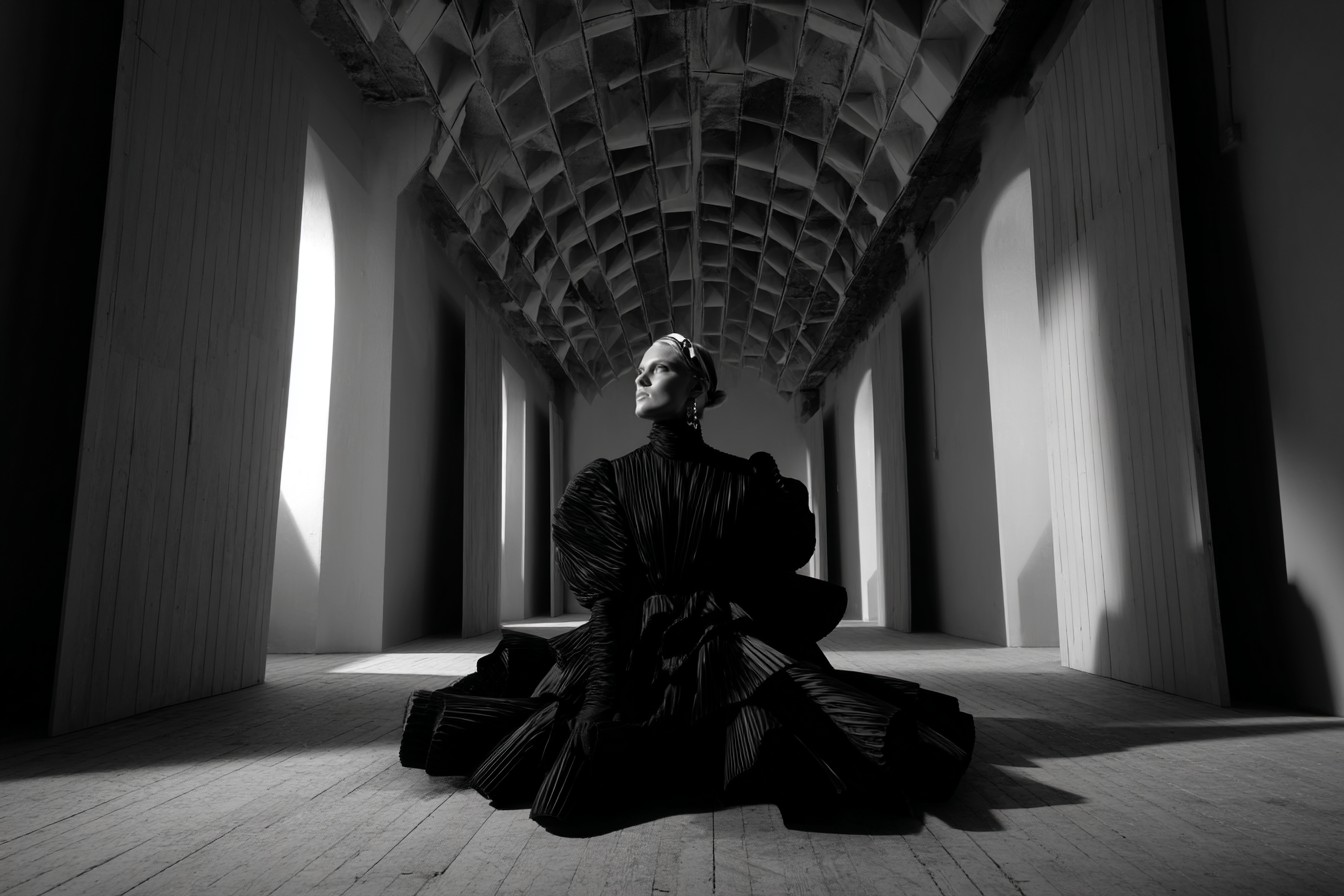
The meta-rule being established seems to be this: understand the rules before you break them. Breaking fashion rules from a place of knowledge shows mastery; breaking them from ignorance just looks like a mistake. The coolest dressers are students of fashion history who make informed choices about which traditions to honor and which to discard.
“I know exactly why you’re not ‘supposed’ to mix silver and gold jewelry,” said Elena. “I just think it’s an outdated limitation that reduces the complexity possible in an outfit. I’m not breaking the rule because I don’t know it exists—I’m breaking it because I’ve decided it doesn’t serve my aesthetic goals.”
This conscious rule-breaking extends to traditional dress codes as well. Wedding guest attire is undergoing a particularly dramatic revolution, with strict color prohibitions (no white, no black, no red) being reconsidered.
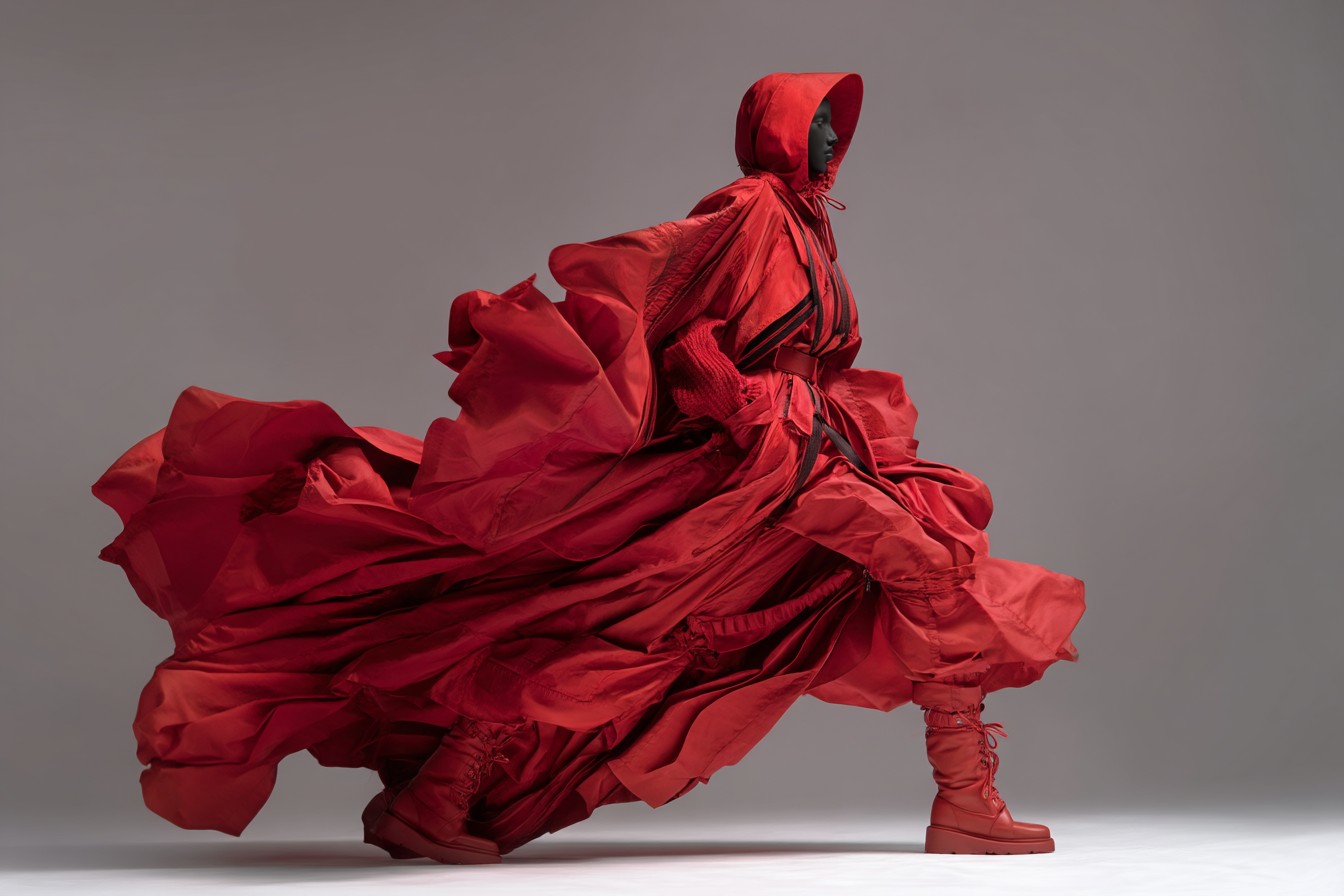
“Obviously, don’t wear a white gown to someone else’s wedding—that’s just respect,” clarified Zoe. “But the blanket ban on guests wearing any white at all? Or black being seen as inappropriate because it’s ‘funeral attire’? Those are increasingly viewed as outdated. A black jumpsuit or a dress with some white elements isn’t going to confused anyone about who the bride is.”
Office dress codes are experiencing similar reconsideration, with the pandemic having accelerated changes that were already underway. The “no denim” rule has largely collapsed outside the most conservative industries. What’s replacing these rigid codes is a more nuanced understanding of situational appropriateness and personal brand expression.
“I have visible tattoos, wear jumpsuits instead of suits to client meetings, and have never owned a pair of nude pantyhose in my life,” said Morgan, a creative director at a major advertising agency. “But I understand the environments I’m in and how to signal professionalism and respect without erasing my personality. That’s the evolution—moving from rigid rules to contextual awareness.”
What strikes me most after these conversations is how emotionally loaded many of these fashion rules were (and still are). They weren’t just aesthetic guidelines—they were control mechanisms disproportionately applied to women, designed to make us doubt ourselves and spend money trying to “fix” our perceived failings. Don’t look too sexual, don’t look too aggressive, don’t take up too much space, don’t draw too much attention, don’t appear too confident, don’t look your age but also don’t look like you’re trying too hard not to look your age.
The liberation from these rules isn’t just stylistic—it’s psychological. It’s permission to stop treating our bodies and our self-expression as problems to be solved through careful adherence to arbitrary limitations.
I left my conversation with Suzanne, the 67-year-old in cargo pants, thinking about my grandmother’s etiquette book and how many of those rules I’ve internalized without questioning. How often have I reached for a navy shirt then put it back because I was wearing black pants? How many times have I talked myself out of an outfit because it wasn’t “flattering” or “appropriate” according to some magazine advice I read as a teenager?
The next morning, I dug out my blue cocktail dress—the one I’ve been saving for a “special occasion”—and wore it to a regular Tuesday morning meeting. I felt briefly self-conscious walking into the coffee shop where three different people asked if I had “something special happening today.” But by afternoon, I was completely comfortable, wondering why I’d denied myself the pleasure of this beautiful piece on ordinary days.
That’s the real fashion revolution of 2024—not just breaking specific rules, but questioning the very concept that our self-expression should be governed by external validation rather than personal joy. The coolest style inspiration isn’t coming from rigid adherence to an ever-changing set of guidelines, but from people who have developed enough confidence to ask, “Says who?” when confronted with fashion limitations.
So wear the white jeans in February. Mix the patterns with abandon. Let your bra straps show if you want to. Dress up for no reason. Rewear your favorite pieces proudly. The only real rule left standing is this: get dressed with intention, whether that intention is to honor tradition or completely subvert it.


